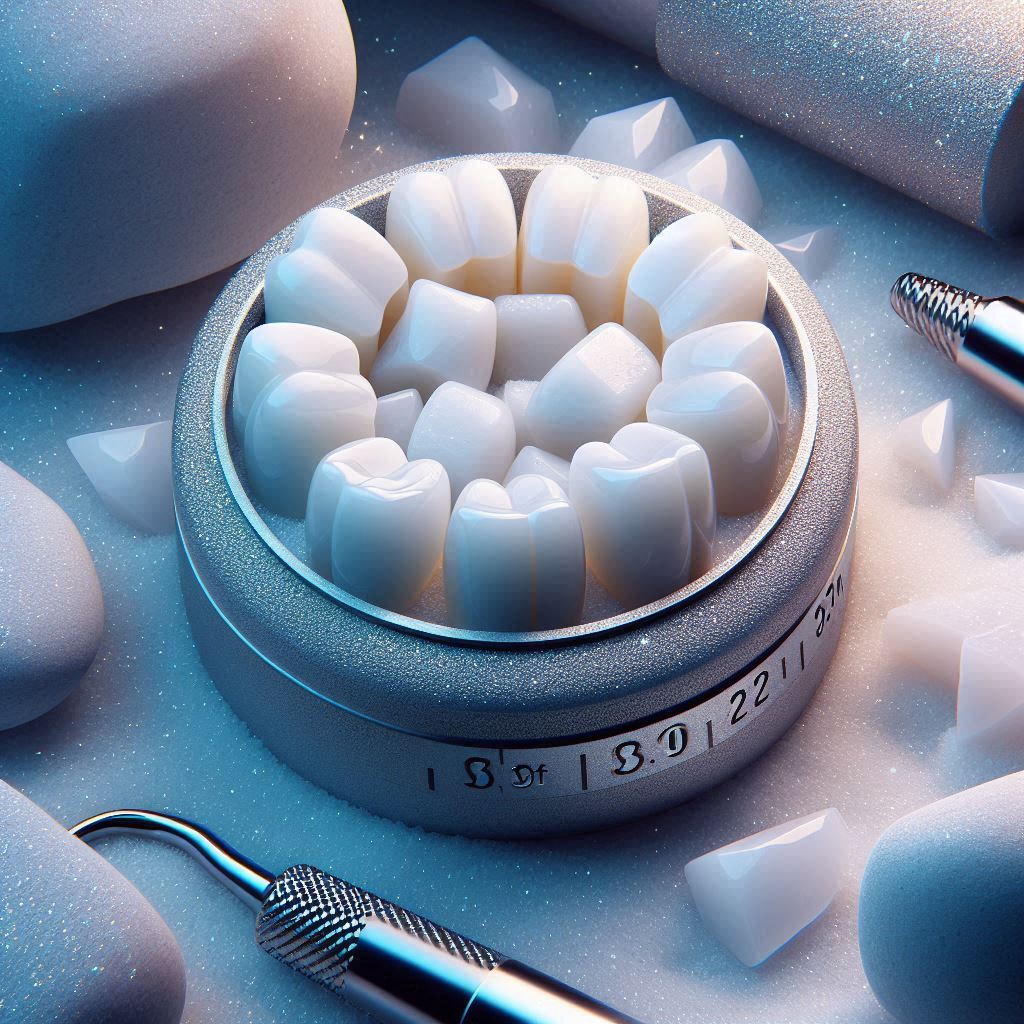
White corundum, also known as aluminum oxide, is a synthetic abrasive material that has gained significant traction in the dental industry, particularly for polishing teeth and dental restorations. Its unique properties make it an ideal choice for various dental applications, where precision and effectiveness are paramount. This article delves into the characteristics of white corundum, its different grades, and its specific uses in dental polishing.
**** Characteristics of White Corundum
White corundum is composed primarily of aluminum oxide (Al2O3) and is known for several key attributes:
- High Hardness: With a Mohs hardness rating of 9, white corundum is one of the hardest materials available. This property allows it to effectively abrade and polish various surfaces without significant wear.
- Chemical Stability: It is chemically inert, meaning it does not react with most substances, making it safe for use in oral environments where chemical interactions could compromise the integrity of dental materials.
- Consistent Quality: Being a synthetic material, white corundum can be produced to meet specific standards, ensuring uniformity in size and performance across different batches.
- Versatility: It can be manufactured in various grades, allowing for tailored applications depending on the specific needs of dental professionals.
**** Different Grades and Their Applications
The effectiveness of white corundum in dental polishing is largely determined by its grade. Common grades include 60#, 80#, and 120#, each serving distinct purposes in the polishing process:
- 60# Grade: This coarser grade is typically used for initial polishing stages. It excels at removing surface irregularities, stains, and debris from teeth or restorations. The rough texture allows for quick material removal, making it suitable for cases with significant discoloration or surface damage.
- 80# Grade: Serving as a middle ground, the 80# grade is ideal for smoothing out surfaces after initial polishing. It strikes a balance between material removal and surface refinement, making it effective for preparing surfaces for finer polishing.
- 120# Grade: This finer grade is used in the final stages of polishing. It provides a smooth finish that enhances the aesthetic appearance of teeth or dental materials. The result is a glossy surface that not only looks better but also reduces plaque accumulation due to its smoothness.
**** Importance of Dental Polishing
Dental polishing is crucial for several reasons:
- Oral Health: Polishing helps remove plaque and tartar buildup that can lead to cavities and gum disease. A smooth surface inhibits bacterial growth, promoting better oral hygiene.
- Aesthetic Appeal: A polished smile boosts confidence. Patients are more likely to feel satisfied with their dental work when their teeth appear bright and shiny.
- Longevity of Dental Restorations: Proper polishing techniques can extend the life of dental materials such as composites and ceramics by minimizing wear and tear.
**** Conclusion
White corundum stands out as a premier choice for dental polishing due to its hardness, chemical stability, and versatility across different grades. As dental technology continues to evolve, the role of high-quality abrasives like white corundum will remain vital in ensuring effective treatment outcomes. By understanding the specific applications of each grade, dental professionals can enhance their practices and provide patients with optimal care that prioritizes both health and aesthetics.
